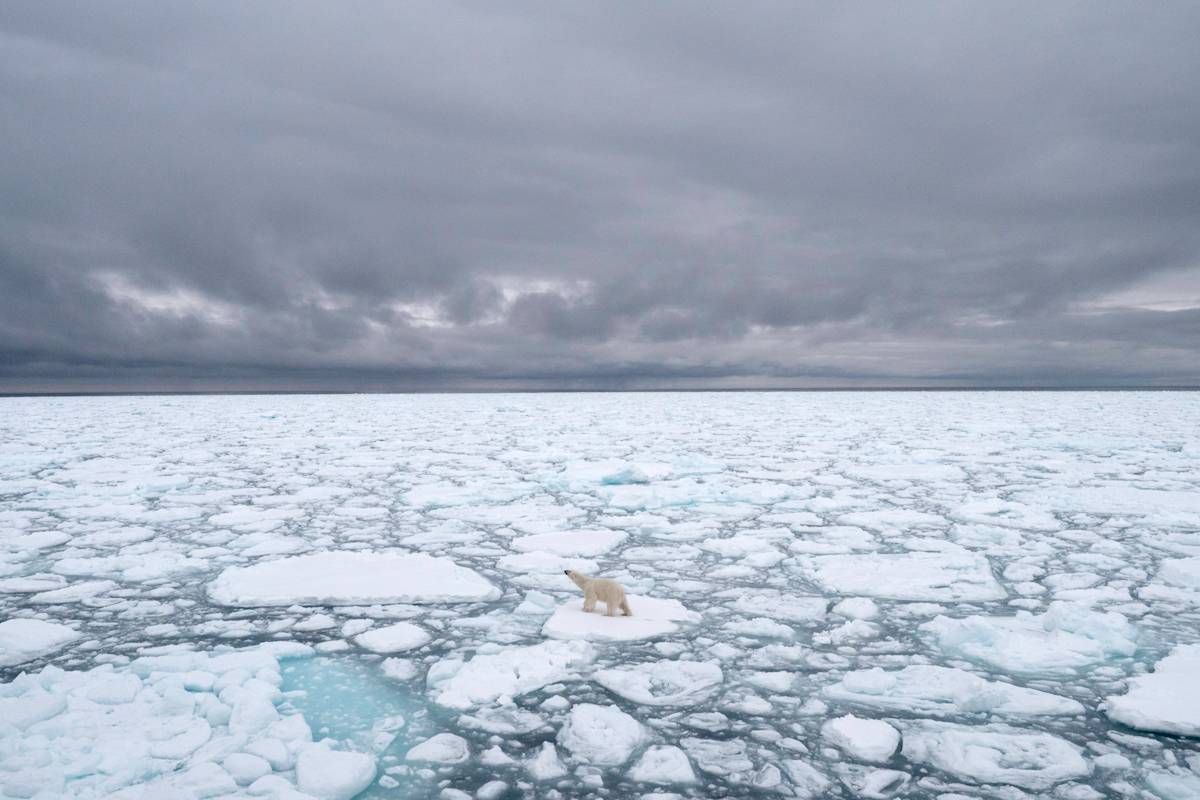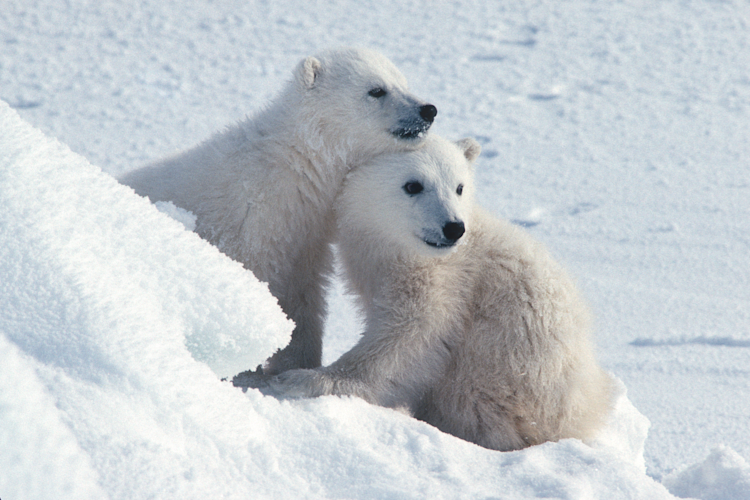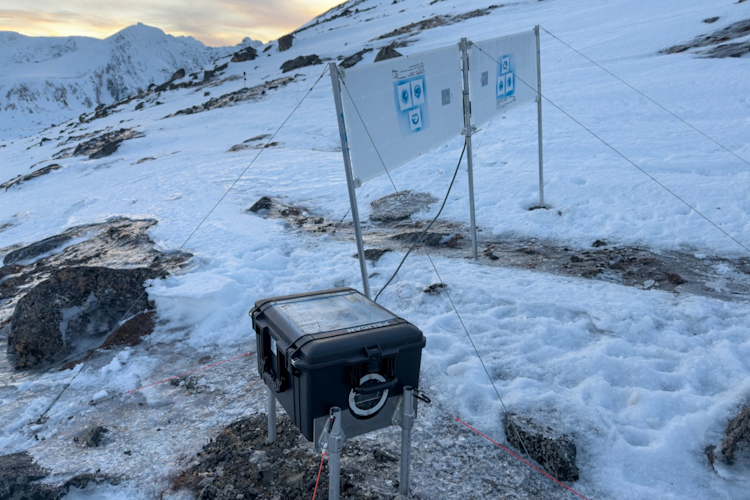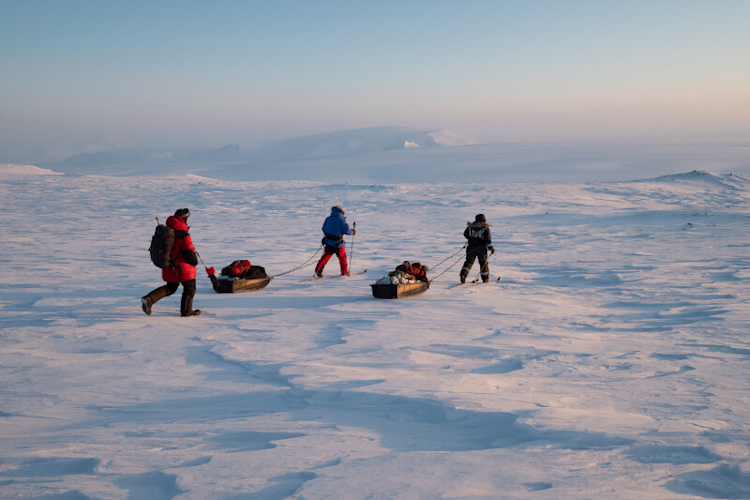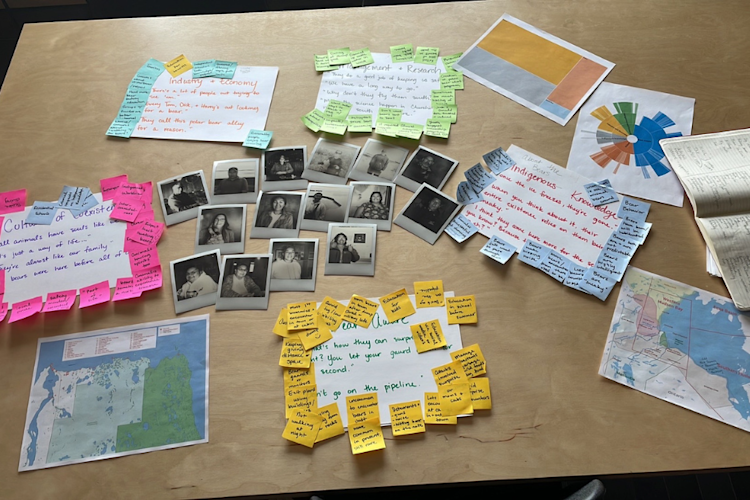October 5, 2021, marked the 40th anniversary of my first trip to Churchill. On that date in 1981, I had no sooner crossed the tarmac of the old Churchill airport when I was whisked away to help in the handling of X05547, a 3-year-old subadult male captured not far from the Churchill dump. To a recent university graduate, I was amazed at being in Churchill and to be up close to an iconic predator. Little did I know where this first encounter would lead.
At the time, I had no way of knowing that I was contributing to what would arguably become the best dataset for any population of polar bears, one that would eventually allow us to understand the link between climate warming and the well-being of polar bears across their range.
Early days
When Dr. Ian Stirling established a polar bear research program near Churchill in 1980, his goal was to answer basic and fundamental ecological questions that were applicable to polar bears across the circumpolar Arctic. Back then, global warming was not on anyone’s radar screen.
Churchill was an ideal location to study polar bears because Hudson Bay is ice-free for three to four months each year. During that time, the bears are forced ashore, where they gather in a relatively small area. Thus, rather than try to sample bears of all age- and sex-classes out on the sea ice of Hudson Bay where they occur in lower densities, Dr. Stirling recognized that it would be much easier to do so while the bears were on land in an area that is less than one percent of the area of the Bay. Further, the logistics of operating out of Churchill, which had both air and rail service, were much more cost-effective than undertaking similar studies in the remoteness of the High Arctic.
Our research consisted of a series of studies, each lasting two to five years, to answer specific but interrelated questions. The social behavior of bears, reproductive ecology, population dynamics, and even the significance of onshore feeding were some of our earliest studies. Answering the questions most effectively required us to handle a sample of bears to uniquely identify them, record body measurements (e.g., length, girth), assess overall health (e.g., examining tooth wear, assessing fatness), and collect various biological samples.
Although these are relatively simple and straightforward to collect, we took great care to do so systematically and consistently, thus ensuring comparability between individual bears both within and across years. Novices were taught how to take these measurements, which were then double-checked. Nothing was left to chance. We all learned how to handle polar bears by doing, not by watching!
